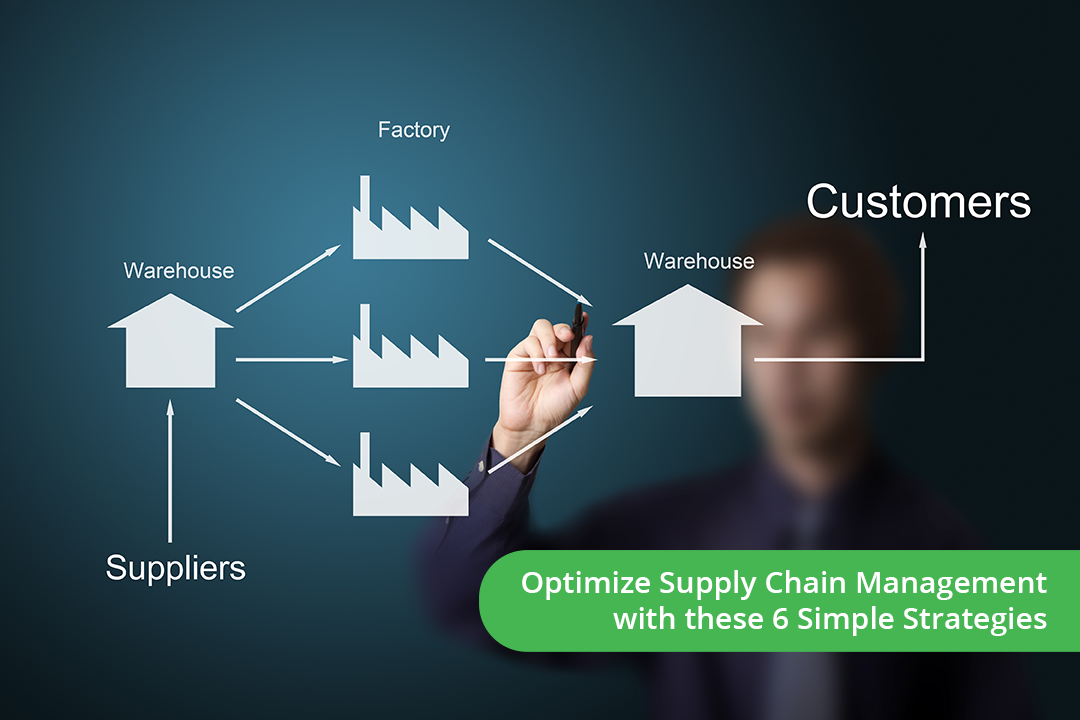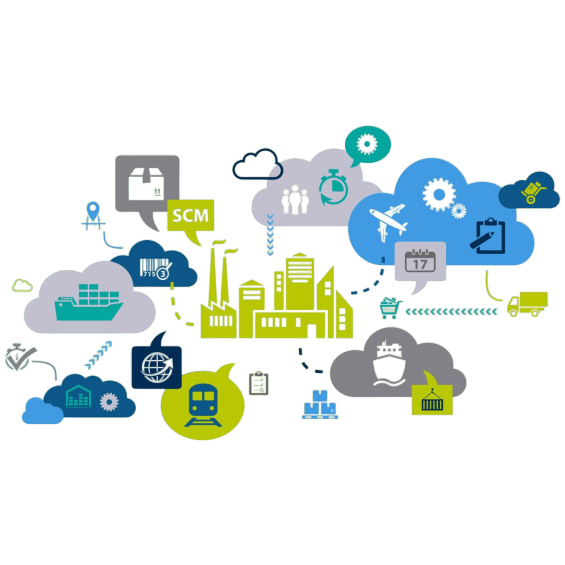Menu
Brainstorm ideas for innovative pallet designs based on market trends, customer feedback, and industry needs. Consider factors like material, size, load capacity, and special features.
Conduct thorough research to understand customer preferences, competitor offerings, and emerging technologies in the pallet industry. Identify gaps in the market and potential opportunities for differentiation.
Evaluate the feasibility, technical viability, and potential market acceptance of different pallet concepts. Choose the most promising concept based on criteria such as cost-effectiveness, manufacturability, and customer benefits.
Develop detailed designs and create prototypes of the new pallet. Use computer-aided design (CAD) software to visualize the product and ensure it meets the required specifications and standards.
Conduct rigorous testing on prototypes to assess their performance, durability, load-bearing capacity, and any special features. Gather feedback from potential users to refine the design.

Stillage rental optimizes storage, reducing costs by avoiding upfront investment and maximizing space efficiency.



Savings Project Consultation” refers to a professional service where experts analyze a business’s operations, processes, and expenses to identify opportunities for cost reduction and efficiency improvement. Consultants provide recommendations and strategies to help organizations save money and resources while maintaining or improving their overall performance.
Analyzing transportation, warehousing, and distribution processes to optimize logistics, reduce transportation costs, and improve order fulfillment.
Conducting in-depth cost analysis to identify areas with high costs or inefficiencies and devising strategies to mitigate them.

Returnable packaging in the supply chain involves the use of reusable containers, crates, pallets, totes, or other packaging materials to transport goods between suppliers, manufacturers, distribution centers, retailers, and customers. These returnable packaging solutions replace traditional single-use packaging and are designed to be used multiple times before being refurbished or recycled.
While the initial investment may be higher, returnable packaging reduces long-term packaging costs due to its reusability.
Returnable packaging minimizes waste and contributes to sustainability by reducing the need for single-use packaging materials.
Evaluate the feasibility, technical viability, and potential market acceptance of different pallet concepts. Choose the most promising concept based on criteria such as cost-effectiveness, manufacturability, and customer benefits.
Develop detailed designs and create prototypes of the new pallet. Use computer-aided design (CAD) software to visualize the product and ensure it meets the required specifications and standards.
Collapsible and stackable returnable packaging optimizes storage and transportation space, improving warehouse and transportation efficiency.
Less energy is required for manufacturing, transportation, and disposal compared to single-use packaging.

Solution design in material storage products involves creating customized storage solutions that effectively address specific business needs and challenges. It encompasses the strategic planning, design, and implementation of storage systems to optimize space, enhance organization, and improve operational efficiency. Here’s a breakdown of the process:
Understand the client's storage requirements, such as types of materials, quantities, handling processes, and space limitations. Identify pain points and opportunities for improvement.
Design storage solutions that make the most of available space, whether it's a warehouse, distribution center, or manufacturing facility. Maximize vertical space and consider factors like aisle widths and accessibility.
Tailor the design to accommodate the unique characteristics of the stored materials, ensuring that they are kept secure, organized, and easily accessible.
Analyzing transportation, warehousing, and distribution processes to optimize logistics, reduce transportation costs, and improve order fulfillment.
Integrate safety features to prevent accidents, such as proper load capacity calculations, safety guards, and aisle markings.
Conducting in-depth cost analysis to identify areas with high costs or inefficiencies and devising strategies to mitigate them.
Conducting in-depth cost analysis to identify areas with high costs or inefficiencies and devising strategies to mitigate them.
Evaluate the costs associated with implementing the designed solution, including both upfront investment and long-term savings.
Create a step-by-step plan for executing the solution, including installation, training, and any necessary adjustments.
Before full implementation, conduct testing to ensure that the designed solution functions as intended and meets all requirements.
After implementation, monitor the performance of the storage solution, gather feedback, and make refinements as needed.


Supply chain optimization involves enhancing the efficiency, responsiveness, and overall performance of every stage in the supply chain, from sourcing raw materials to delivering finished products to customers. It aims to minimize costs, reduce lead times, improve customer satisfaction, and maximize profitability. Here’s an overview of the key components and benefits of supply chain optimization
Accurate demand forecasting helps prevent overstocking or stockouts, ensuring optimal inventory levels and efficient production scheduling.
Balancing inventory levels to meet demand while minimizing carrying costs and obsolescence is crucial for efficient operations.
Designing an optimal distribution network ensures products reach customers quickly and cost-effectively.
Efficient route planning, transportation modes, and carrier selection reduce transportation costs and delivery lead times.
Optimizing warehouse layout, storage methods, and order picking processes improves order fulfillment efficiency.

Accurate demand forecasting helps prevent overstocking or stockouts, ensuring optimal inventory levels and efficient production scheduling.
Balancing inventory levels to meet demand while minimizing carrying costs and obsolescence is crucial for efficient operations.
Optimized supply chains often involve reduced resource consumption and waste generation, contributing to environmental sustainability.
Companies with optimized supply chains are better positioned to respond to market changes, outperform competitors, and seize new opportunities.
Optimization ensures optimal utilization of resources, minimizing excess inventory and reducing environmental impact.
An optimized supply chain aligns with overall business strategies, supporting growth and expansion plans.
